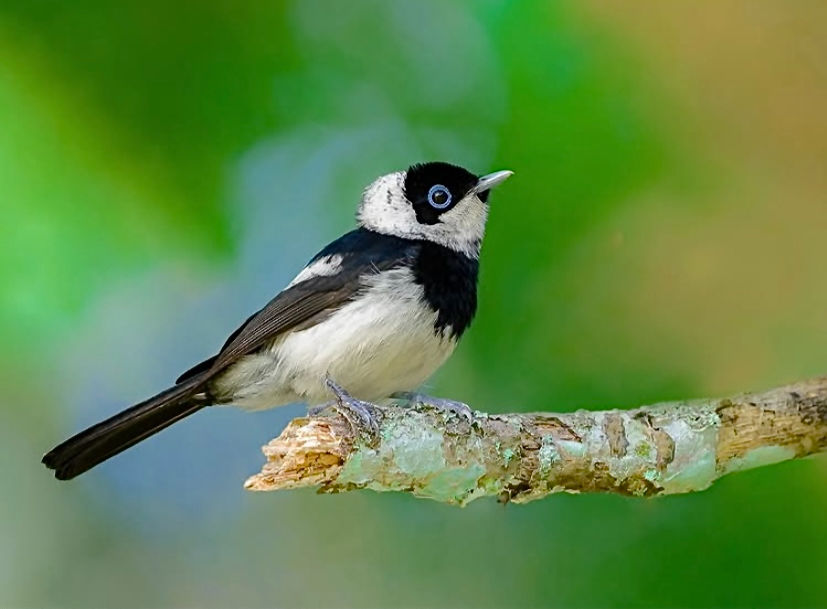Hasties Swamp monthly bird survey: October 2025
- Lesley Deacon

- Oct 22
- 3 min read
Lesley Deacon | Guest Contributor
Some stunningly perfect spring weather brought the birders out in force for this month’s survey. In fact, the hide was so busy with tour groups and visitors, and 17 survey participants that the carpark was overflowing. And while the weather, vegetation, scenery and lagoon were all worthy of admiration, the birds didn’t disappoint either. Did I hear Noel say that he wouldn’t be dead for quids?
Typically dry spring weather and above average temperatures of late have seen the water level drop considerably. This is usually conducive to seeing an increase in wader species. There were Comb-crested Jacana and Masked Lapwing and Pied Stilt and Royal Spoonbill and lots of Australasian Swamphen. But no Sandpipers were recorded even though there have been Sharp-tailed Sandpipers seen lately in the district.
The other notable absence in sightings was Magpie Geese. There are usually Geese here in numbers until November, but maybe they have already left and only the stragglers remain.
There were increased numbers of Wandering Whistling-Duck and Grey Teal, but the Pacific Black Duck and Hardhead numbers were down on last month. This gave roughly 150 ducks on the swamp in both months. There is not a duck quota though, as there can be hundreds of ducks on the water at other times of the year.
It was great birdwatching today as we saw the very handsome Wandering Whistling-Duck gliding in small groups on the calm water with the sun picking up the brilliant chestnut colour in their plumage.
There are still large numbers of Australasian Grebe. They are not too shy to feed among the weed close to the hide and are a photographer’s delight. The lone Great Crested Grebe can still be spotted but it is not so courteous as to come within a camera’s range. There were also seven Australian Pelican. They are finding Hasties a reliable stopover and are now commonly seen.


Breeding will soon be in full force as mating behaviour and nest building was observed in Willie Wagtail, Yellow-faced Honeyeater, Brown Gerygone, and Australasian Swamphen. A male Red-backed Fairy-wren twittered from a high grass vantage point, showing off his brilliant red back while a couple of females busied around him. A Tawny Grassbird was seen diving into a thicket of grass which would be great protection for a nest. The distinctive whistles of the Black-faced Monarch alerted us to its return for the warmer months. It was busy feeding in the lower branches and constantly calling as if reminding us it was back, but this probably had more to do with advertising for a mate.


The raucous cawing of the Channel-billed Cuckoo signaled their noisy return for the season. Three were seen flying over, and these were our first recording for Hasties this year despite rumours of them arriving as early as August on the Tablelands. Another species not seen during the winter months was an Australian Swiftlet. Sacred Kingfisher has returned as well and two were seen frequenting the tree where there was a nest last year, calling to each other with their staccato high-pitched pips.

Just as we were finishing ‘Bird Call’, two Double-eyed Fig-Parrot flew into a tree just in front of us. Their shrill lorikeet type screech as they fly is usually the only way to find them, as they wander along the branches poking into the bark looking for food [wood-boring grubs], or maybe nesting sites, very silently.

Jennifer decided that the more favourable weather means the ‘biscuit quota’ should be raised to 60 species. And when two sightings that were not confirmed by more than one observer were scratched from the list, things were looking desperate. So it was agreed to add the Fig-Parrots, thus finalising the species total to 60. Phew. (Although I don’t think Jennifer would really deny us the treat and take the biscuits home again.) Morning tea in the shade with discussions of notable bird sightings, historic and recent, rounded off a most agreeable morning’s birding.




